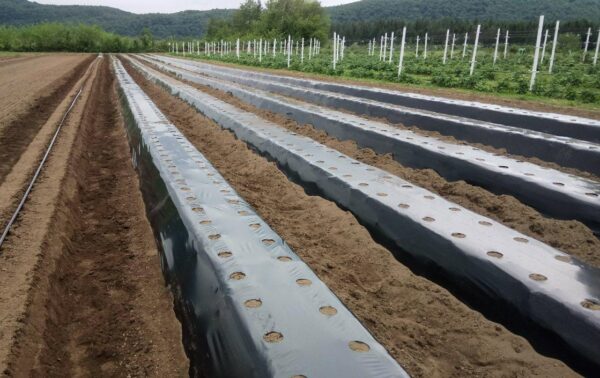
Mulching is one of those highly effective strategies that can truly transform a farmer’s productivity and soil quality. Surprisingly, not every farmer utilizes this technique, often unaware of the significant impact it can have on their overall yields.
In this article, we will demystify the concept of mulching and shed light on its immense benefits. So, if you’ve ever wondered what mulching is all about, stay tuned as we delve into the topic and unlock the secrets behind this game-changing strategy.
So, what exactly is mulching? To put it simply, mulching involves covering the soil around your plants with a protective layer of organic material. This layer acts as a shield, providing a range of benefits that can boost productivity and soil health.
Interestingly, despite its proven effectiveness, mulching remains a well-kept secret for many farmers. The lack of awareness about its capabilities prevents them from harnessing its full potential. But today, we’re here to change that. We’ll be your guide on this journey, revealing the wonders of mulching and equipping you with the knowledge to make informed decisions for your farming endeavors.
Benefits of Mulching
Now that we’ve explored what mulching is all about, let’s dive into the incredible benefits it brings to farmers.
Moisture Conservation
Mulching offers a significant benefit when it comes to conserving soil moisture. The protective layer of mulch acts as a barrier, effectively reducing water evaporation from the soil surface. This means that your plants have access to a steady supply of moisture, even during dry periods, which reduces the need for frequent irrigation and helps save water resources.
Covering the soil with mulch provides a shield that prevents direct exposure to the sun’s heat. This shading effect decreases the rate of evaporation, allowing the soil to retain moisture for longer periods. As a result, your plants can draw water from the soil as needed, promoting healthier and more robust growth.
Weed Suppression
Mulching plays a crucial role in weed management as it creates a physical barrier that impedes weed growth. Covering the soil with mulch minimizes competition for nutrients, water, and sunlight, allowing your crops to thrive without the hindrance of aggressive weeds. With reduced weed pressure, you can focus your efforts on nurturing your plants and maximizing their growth potential.
The presence of mulch acts as a deterrent for weeds, preventing their establishment and spread. Mulching hinders their germination and growth by blocking sunlight from reaching weed seeds. Additionally, the layer of mulch restricts the access of weed roots to the soil, making it harder for them to obtain the necessary nutrients and water.
With the weeds suppressed, your crops have a competitive advantage. They can access more nutrients, water, and sunlight, which are crucial for their growth and development. The absence of aggressive weeds allows your plants to develop robust root systems, enhance nutrient uptake, and reach their full growth potential.
The benefits of mulching in weed management persist throughout the growing season. As the mulch layer remains in place, it continues to suppress weed growth, reducing the need for manual weeding or chemical herbicides. This saves you time, effort, and resources that would otherwise be spent on weed control.
Temperature Regulation
Mulching is like a natural temperature controller for your plants. It helps to keep the soil temperature just right for optimal growth. During hot summers, mulch acts as a protective shield, keeping the soil cool and preventing it from getting too hot. This means your plants won’t get stressed out by scorching temperatures and can focus on growing strong and healthy.
In colder seasons, mulch becomes a warm blanket for the soil. It insulates the roots, protecting them from freezing temperatures. This cozy layer of mulch keeps the soil nice and toasty, creating a perfect environment for root growth. With the right temperature, your plants can thrive and reach their full potential.
Not only does mulching help your plants, but it also creates a cozy home for helpful creatures in the soil. These little critters, like earthworms and beneficial bacteria, love the stable temperature that mulch provides. They work hard to break down organic matter and release nutrients that your plants need to grow. So, by mulching, you’re not only giving your plants a comfortable place to grow, but you’re also inviting these helpful allies to join the party.
Nutrient Cycling
Mulching isn’t just about conserving moisture and suppressing weeds; it’s also a powerful technique for boosting soil fertility through nutrient cycling. When you use organic mulches like compost or straw, you’re tapping into a natural process that can supercharge your crops’ growth and yield.
Here’s how it works: as the organic mulch breaks down over time, it releases a wealth of essential nutrients into the soil. These nutrients, including nitrogen, phosphorus, and potassium, are like fuel for your plants. They provide the building blocks for healthy roots, strong stems, and vibrant leaves.
As the mulch decomposes, it also enriches the soil with organic matter. This organic matter improves the soil’s structure, making it more crumbly and well-aerated. It acts like a sponge, holding moisture and creating a hospitable environment for beneficial microorganisms.
These microorganisms, such as earthworms and bacteria, play a vital role in breaking down the organic matter further. As they do their work, they release even more nutrients, making them available for plant uptake. It’s like a continuous recycling system, where nutrients are constantly being replenished and made accessible to your crops.
With a nutrient-rich soil, your plants can thrive. They’ll have the nourishment they need to develop deep, extensive root systems, absorb water and nutrients efficiently, and produce bountiful harvests. It’s like giving your plants a gourmet meal every day, fueling their growth and productivity.
Erosion Control
Lorem ipsum dolor sit amet, consectetur adipiscing elit. Ut elit tellus, luctus nec ullamcorper mattis, pulvinar dapibus leo.Mulching isn’t just about enhancing plant growth—it’s also a powerful tool for protecting your soil from erosion. When heavy rainfall or strong winds strike, the exposed soil can be vulnerable to erosion, which can wash away valuable topsoil and damage your crops. That’s where mulching steps in as a reliable defender.
When you apply a layer of mulch over the soil surface, you create a robust barrier. The mulch acts as a shield, reducing the impact of raindrops and wind, and preventing soil erosion. When rain falls, the mulch absorbs and slows down the water, allowing it to seep gradually into the soil. This not only helps maintain moisture levels but also reduces surface runoff, preserving your soil and preventing nutrient loss.
In the face of strong winds, the mulch serves as a physical barricade, impeding the movement of soil particles. It anchors the soil in place, safeguarding it from being carried away by the wind. This is especially vital in areas prone to wind erosion, ensuring the stability of your soil and protecting its valuable nutrients.
Whether you’re farming on sloping terrain or dealing with excessive rainfall and wind, incorporating mulching into your practices is a smart choice. With each application of mulch, you fortify your soil’s defenses, preserving its fertility, and establishing a foundation for successful and sustainable farming.
Types of Mulches
Alright! Let’s delve into the various types of mulches available. Choosing the right type of mulch can further enhance the effectiveness of this strategy and cater to the specific needs of your crops and soil conditions. Here are some common types of mulches:
Organic Mulches
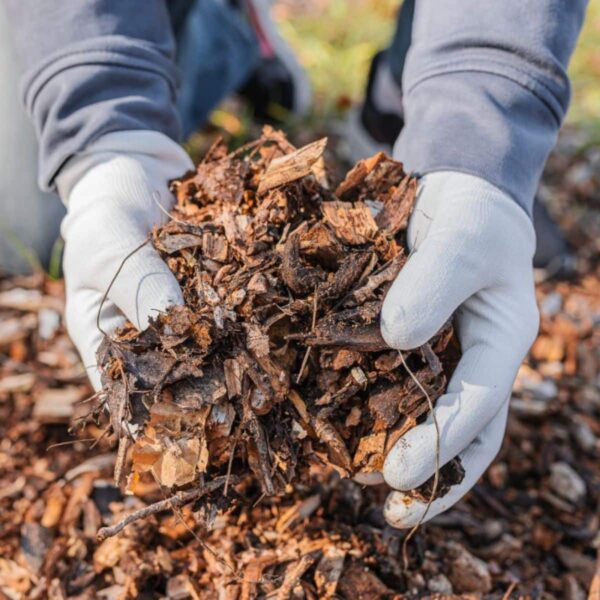
These mulches are made from natural materials such as straw, leaves, grass clippings, wood chips, or compost. Organic mulches enrich the soil as they break down, adding nutrients and improving soil structure. They also enhance moisture retention and provide a favorable environment for beneficial soil organisms.
Inorganic Mulches
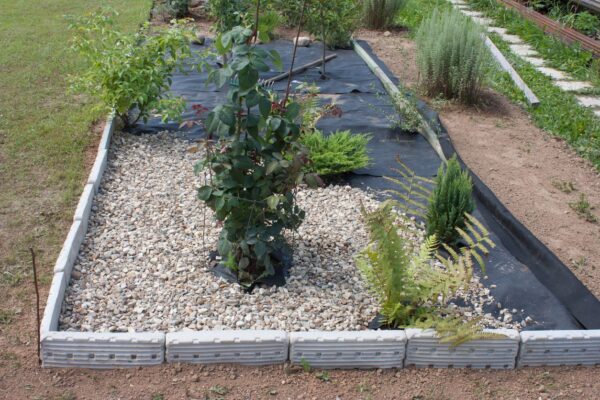
Inorganic mulches include materials like plastic sheets, landscape fabric, or gravel. These mulches provide excellent weed suppression and moisture conservation. Inorganic mulches are particularly useful in areas with high weed pressure or where water evaporation is a concern. However, they do not contribute to soil fertility like organic mulches.
Living Mulches

Living mulches involve planting low-growing cover crops or companion plants that serve as a protective layer around the main crop. These plants help suppress weeds, improve soil structure, and enhance biodiversity. Living mulches can also provide additional benefits like nitrogen fixation, attracting beneficial insects, and preventing erosion.
Biodegradable Mulches
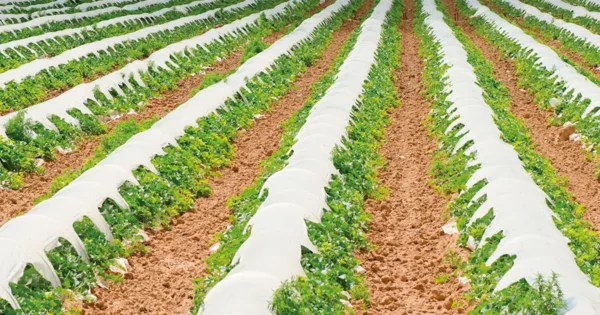
Biodegradable mulches are made from materials like paper, cardboard, or biodegradable plastic films. These mulches offer temporary weed suppression and moisture retention benefits while gradually breaking down and adding organic matter to the soil.
Synthetic Mulches
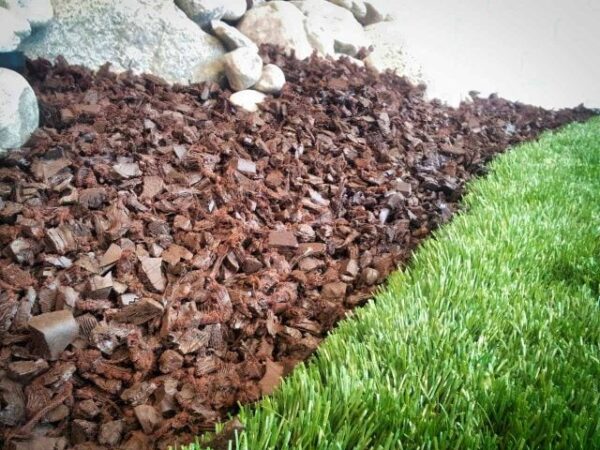
Synthetic mulches, such as black plastic or reflective films, are often used in specific agricultural systems. They help control weeds, conserve moisture, and regulate soil temperature. However, they do not contribute to soil health or nutrient cycling.
Choosing the right mulch type depends on factors such as your crop type, climate, soil condition, and management practices. Consider the specific needs of your farm and consult local agricultural experts to determine the most suitable mulch for your situation.
Conclusion
If you haven’t been using mulches on your farm, now is the perfect time to seize the benefits they offer. With a variety of types to choose from, select the one that aligns with your specific needs and location. Witness the remarkable changes it can bring to your farm’s productivity and take control of your agricultural success.